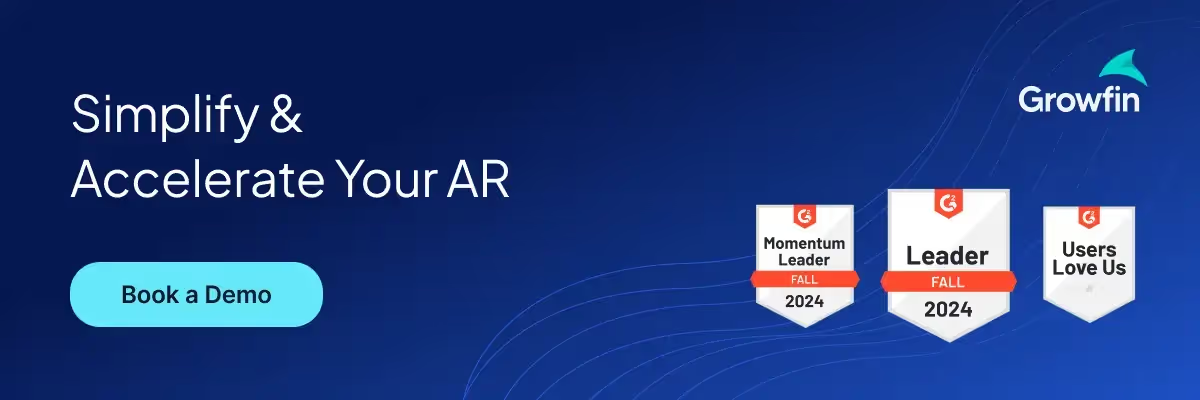📌 Manual follow-ups on upcoming or overdue invoices consume time and often lead to missed payment reminders. Automating invoice due date notifications in Oracle NetSuite can help reduce Days Sales Outstanding (DSO), improve customer communication, and streamline collections without manual effort.
Steps to Automatically Notify Customers of Invoice Due Dates
Step 1: Create Saved Searches for Overdue Invoices
- Define criteria such as Invoice Type, Status = Open, and Due Date on or before today
- Use Formula (Date) fields to calculate custom thresholds (e.g., Due Date + 7 days)
- Include key columns like Customer Name, Invoice Number, Due Date, and Outstanding Amount
- Set the search to run on a Schedule (e.g., daily at 8 a.m.) to catch new overdue invoices automatically
Step 2: Build Workflows to Trigger Notifications

- Go to Customization > Workflow > Workflows > New and select record type Transaction
- Set the trigger condition using the saved search or custom field logic
- Add an action to Send Email, attaching a reminder template that includes:
- Invoice number
- Due date
- Amount due
- Direct link to the invoice in NetSuite
- Invoice number
- Use PDF attachments for invoice copies if needed
- Create separate workflows for:
- 7 days before due date: Gentle reminder
- On due date: Standard payment request
- 7 days past due: Firm follow-up or escalation
- 7 days before due date: Gentle reminder
Step 3: Use the Dunning Module (Optional)
- If licensed, go to Setup > Accounting > Dunning Setup
- Define Dunning Procedures with timelines and escalation levels
- Create dunning templates (letters or emails) and map them to invoice aging stages
- NetSuite can then automatically send dunning letters based on invoice age and delinquency level
Step 4: Configure Email Preferences and Settings
- On Customer and Invoice Records, enable Allow Letters to be Emailed
- In the Workflow or Dunning Email Settings, set the sender address and customize the subject line
- Use Email Templates for consistent branding, tone, and formatting
Step 5: Monitor and Improve Performance
- Build Dashboards or Saved Reports to track:
- Number of emails sent
- Open and click rates
- Payments received after reminders
- Number of emails sent
- Use this data to refine reminder timing, messaging, or escalation rules over time
Pro tip: Growfin extends NetSuite dunning by layering in AI-driven follow-ups, escalation tracking, and behavior-based reminders. You’ll never need to wonder if a reminder was sent or if it worked. To learn more check out the Bridging the Receivables Efficiency Gap: Going beyond NetSuite webinar!



.png)
.webp)


.webp)













.webp)







.webp)
.webp)
.webp)
.webp)